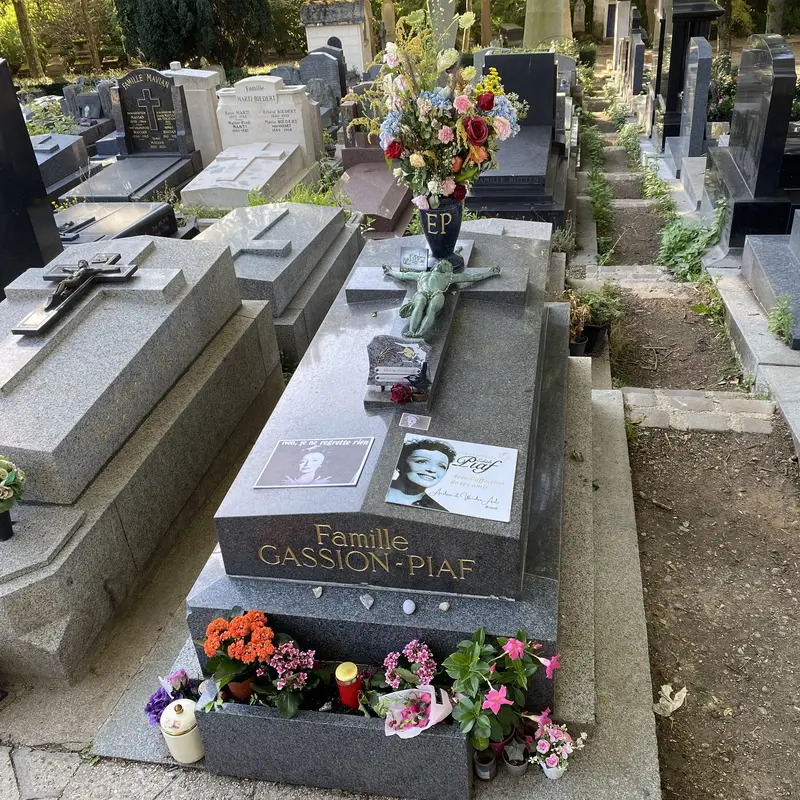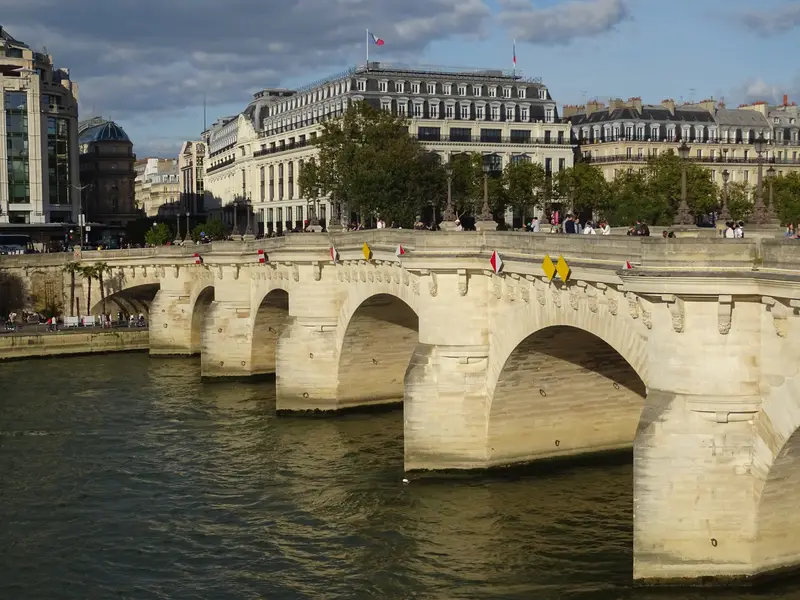Paris: Following the Footsteps of Édith Piaf
Take a stroll through Paris in the footsteps of Édith Piaf, the icon of French chanson. Discover places connected to her life, music, and unforgettable legacy.
Who Was Édith Piaf?
Édith Piaf, nicknamed “La Môme Piaf” (The Little Sparrow), is one of the most famous French singers of all time. Born on December 19, 1915, in Paris, she grew up in humble circumstances. Her unmistakable voice and emotional chansons, such as “La Vie en Rose” and “Non, Je Ne Regrette Rien”, captured the hearts of people worldwide. Piaf lived a dramatic life full of love, loss, and personal tragedies, which are reflected in her music. She passed away in 1963, but her legacy lives on, especially in Paris, where many places remain tied to her story.
Rue de Belleville 72
This house at 72 Rue de Belleville is a legendary location associated with Édith Piaf’s birth. According to accounts, the famous singer was born on the steps of this house on December 19, 1915. Today, a commemorative plaque on the building’s facade marks this event. Although the house appears ordinary at first glance, its historical significance for fans of French chanson is immense. The surrounding Belleville district exudes a typical Parisian charm with its narrow streets and blend of old and modern styles. The nearest metro station is Pyrénées (Line 11).
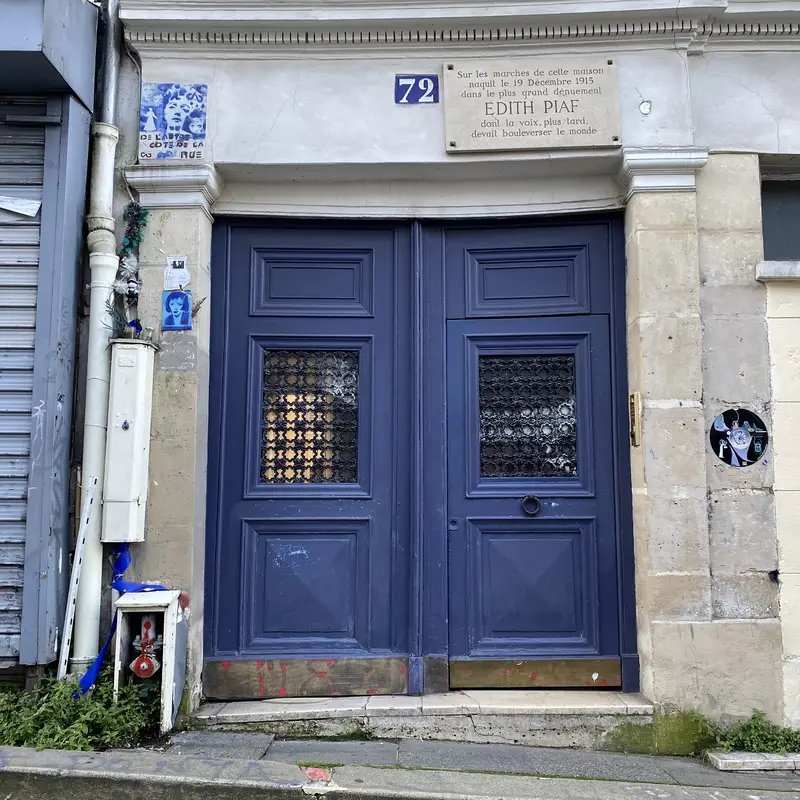
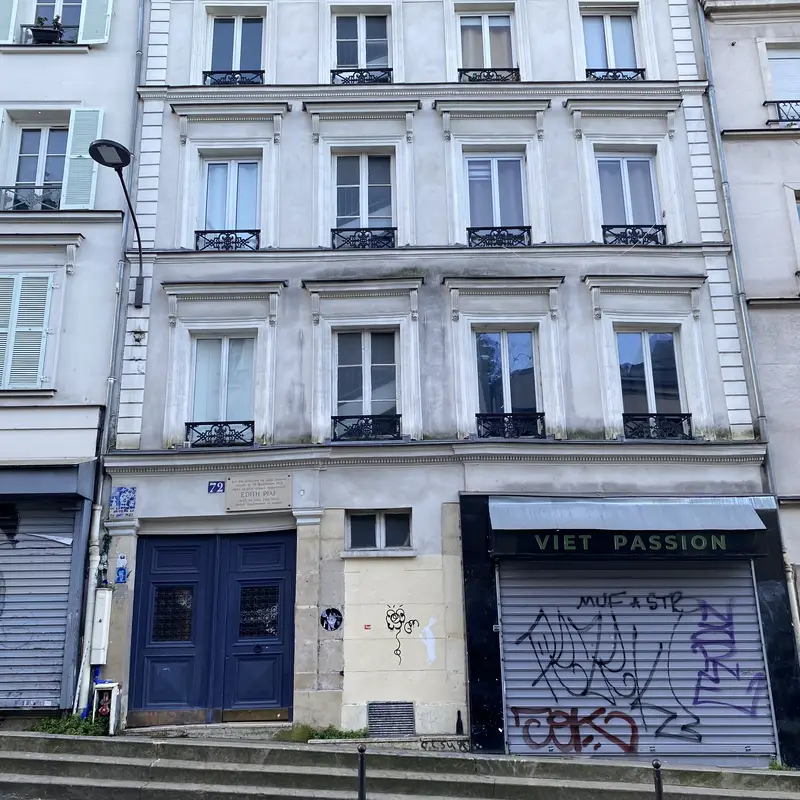
Tenon Hospital
Located in the 20th arrondissement of Paris at 4 Rue de la Chine, Tenon Hospital is the actual birthplace of Édith Piaf. She was born here as Édith Giovanna Gassion on December 19, 1915. Founded in 1878, this historic hospital was an important medical institution. Its building combines monumental architecture with typical features of French healthcare facilities of the time. The main entrance impresses with massive wooden doors and elegant arches, while the inner courtyard features a peaceful garden that now serves as a place of rest. For fans of Édith Piaf, visiting the hospital is a poignant reminder of her modest beginnings. The nearest metro station is Gambetta (Lines 3 and 3bis).

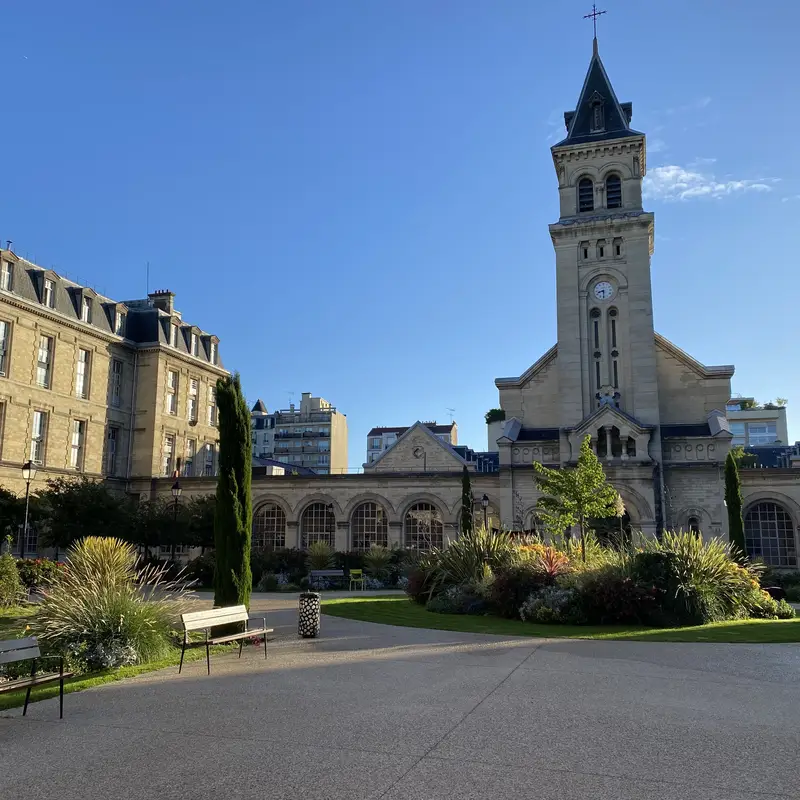
Place Édith Piaf
In the 20th arrondissement of Paris, Place Édith Piaf (Édith Piaf Square) features a statue dedicated to this legendary singer. The bronze statue, created by sculptor Lisbeth Delisle, depicts Édith Piaf with her arms seemingly open to the world, reflecting her emotional and open performance style. This spot is a quiet tribute to her legacy and attracts fans and chanson enthusiasts alike.
Next to the square is the Bar Édith Piaf, a traditional Parisian establishment bearing her name. Its atmosphere harks back to the days when Piaf performed in the bars and cabarets of Belleville. The bar’s interior is filled with posters, photographs, and other memorabilia of her career. It’s an ideal place for a brief stop and immersion into Édith Piaf’s world in her hometown. These locations can be reached by taking the metro to Porte de Bagnolet (Line 3).

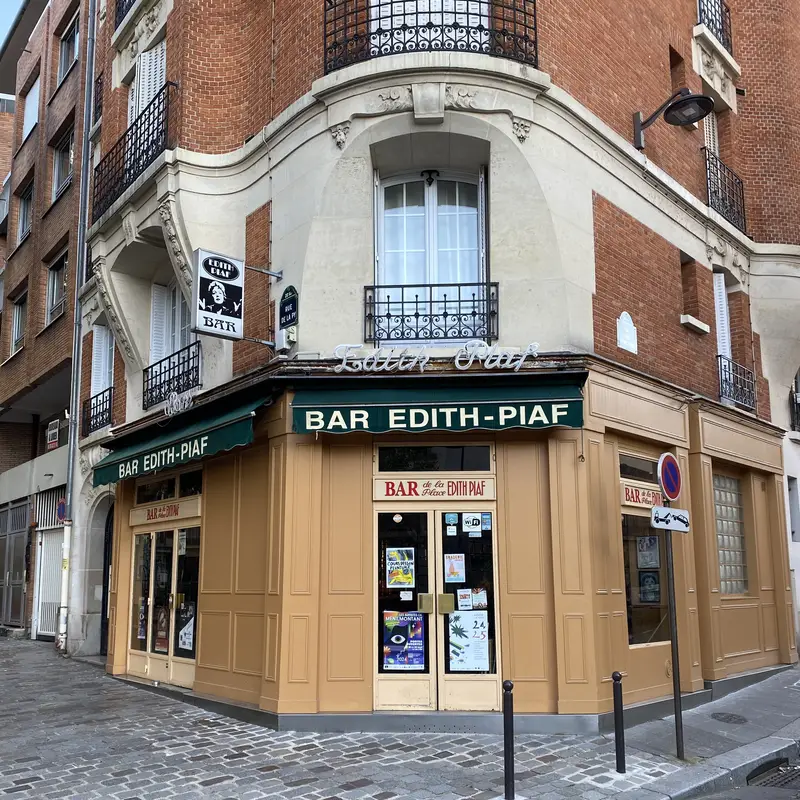
Édith Piaf’s Grave
Édith Piaf’s grave is located in the famous Père Lachaise Cemetery, the final resting place of many notable figures. Here, under a simple gravestone inscribed “Famille Gassion-Piaf”, lies “The Little Sparrow” alongside her family. The grave is often adorned with flowers, candles, and small gifts from fans worldwide who come to pay homage to this legend of French chanson. The atmosphere of the cemetery is quiet and poignant, emphasizing the strong emotional legacy of her music and life. For fans, visiting her grave is almost a pilgrimage.
